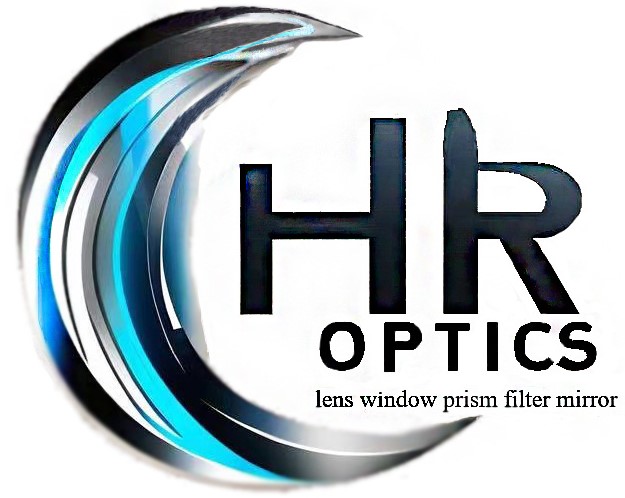| Infrared spectrum name | Short Wavelength | Characteristics |
| Near-infrared | NIR 0.75–1.4µm | Commonly used in fiber optic telecommunication because of low attenuation losses in the SiO2 glass (silica) medium. |
| Short-wavelength infrared | SWIR 1.4-3 µm | The 1,530 to 1,560 nm range is the dominant spectral region for long-distance telecommunications. This energy is reflected by human skin, and used in medical disease sensing and diagnosis. Information is detected as differences between reflected and absorbed wavelengths in these applications. For example, blood oxygenation can be monitored at specific absorbed wavelengths. Similarly, chlorophyll absorption density is an indicator of vegetation health. |
| Mid-wavelength infrared | MWIR 3–8 µm | he MWIR band of wavelengths overlaps reflected solar irradiance and information thermally emitted by the scene, and is therefore useful in remote-monitoring of earth, ocean and climate changes. |
| Long-wavelength infrared | LWIR 8–15 µm | The "thermal imaging" region, in which sensors can obtain a completely passive image of objects only slightly higher in temperature than room temperature - for example, the human body - based on thermal emissions only and requiring no illumination such as the sun, moon, or infrared illuminator. This region is also called the "thermal infrared region. “LWIR instruments sense thermal emission instead of reflection, and have application in imaging warm sources behind smoke and dust in military imaging devices and as an aid to firefighting. It is also useful in identifying abnormal localized heating that might result from the presence of circulatory problems or tumors in humans. |
| Far-infrared | FIR 15–1,000 µm | Astronomy, Quantum cascade lasers, infrared heaters and human body detection. |









 售前客服
售前客服